Year 6
The science inquiry skills and science as a human endeavour strands are described across a two-year band. In their planning, schools and teachers refer to the expectations outlined in the achievement standard and also to the content of the science understanding strand for the relevant year level to ensure that these two strands are addressed over the two-year period. The three strands of the curriculum are interrelated and their content is taught in an integrated way. The order and detail in which the content descriptions are organised into teaching and learning programs are decisions to be made by the teacher.
Incorporating the key ideas of science
Over Years 3 to 6, students develop their understanding of a range of systems operating at different time and geographic scales.
In Year 6, students explore how changes can be classified in different ways. They learn about transfer and transformations of electricity, and continue to develop an understanding of energy flows through systems. They link their experiences of electric circuits as a system at one scale to generation of electricity from a variety of sources at another scale and begin to see links between these systems. They develop a view of Earth as a dynamic system, in which changes in one aspect of the system impact on other aspects; similarly, they see that the growth and survival of living things are dependent on matter and energy flows within a larger system. Students begin to see the role of variables in measuring changes and the value of accuracy in these measurements. They learn how to look for patterns and to use these to identify and explain relationships by drawing on evidence.
(source: www.australiancurriculum.edu.au)
Achievement Standard
By the end of Year 6, students compare and classify different types of observable changes to materials. They analyse requirements for the transfer of electricity and describe how energy can be transformed from one form to another when generating electricity. They explain how natural events cause rapid change to Earth’s surface. They describe and predict the effect of environmental changes on individual living things. Students explain how scientific knowledge helps us to solve problems and inform decisions and identify historical and cultural contributions.
Students follow procedures to develop investigable questions and design investigations into simple cause-and-effect relationships. They identify variables to be changed and measured and describe potential safety risks when planning methods. They collect, organise and interpret their data, identifying where improvements to their methods or research could improve the data. They describe and analyse relationships in data using appropriate representations and construct multimodal texts to communicate ideas, methods and findings.
(source: www.australiancurriculum.edu.au)
- Free Plan
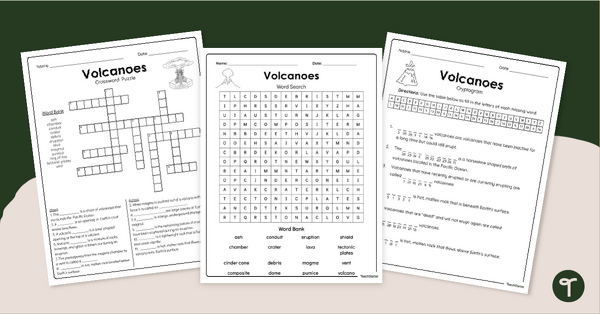
Free Volcano Worksheets
Download a set of free volcano worksheets to introduce your students to vocabulary and concepts related to volcanoes and volcanic disasters.
- Plus Plan
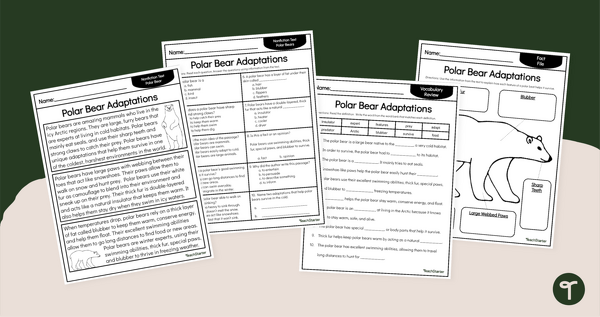
Polar Bear Adaptations Reading Comprehension Pack
Discover polar bear structural adaptations with a set of printable reading comprehension worksheets for Year 3.
- Plus Plan
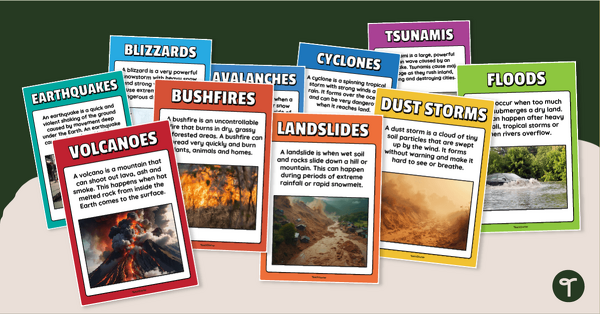
Natural Disaster Posters for Kids
Introduce and explain different types of natural disasters with printable natural disaster posters.
- Plus Plan
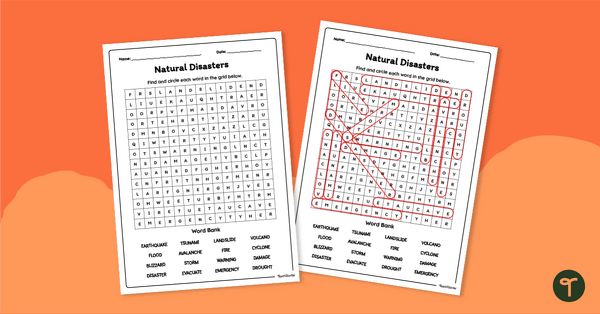
Natural Disasters Word Search
Use a Natural Disasters word search to introduce your students to the vocabulary surrounding these destructive acts of nature.
- Plus Plan
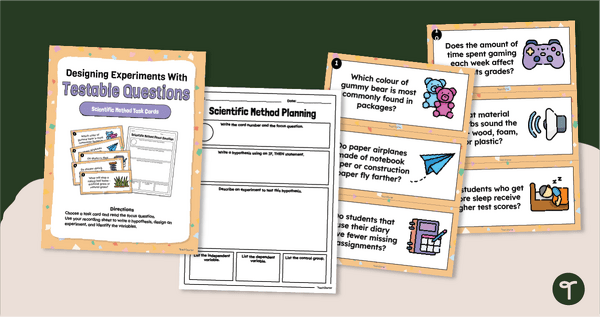
Designing a Science Experiment Task Cards
Help your students plan their own scientific method experiments with a set of printable Scientific Method Experiment Design Task Cards.
- Plus Plan
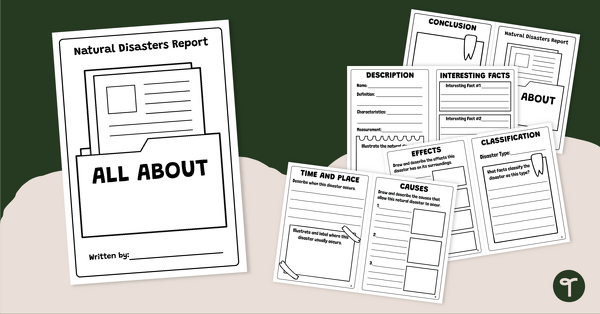
Natural Disasters Report – Mini Book Template
Download this natural disasters information report template to use when teaching informative writing to primary students.
- Free Plan
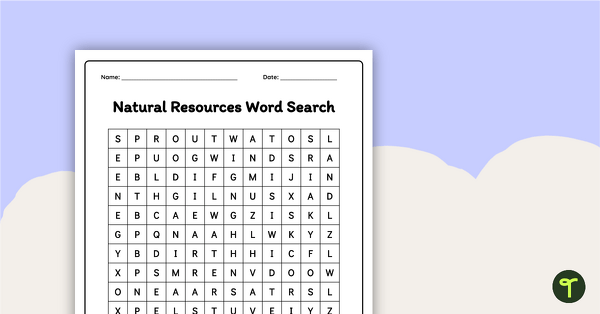
Natural Resources Word Search
Review the different natural resources with a word search.
- Plus Plan
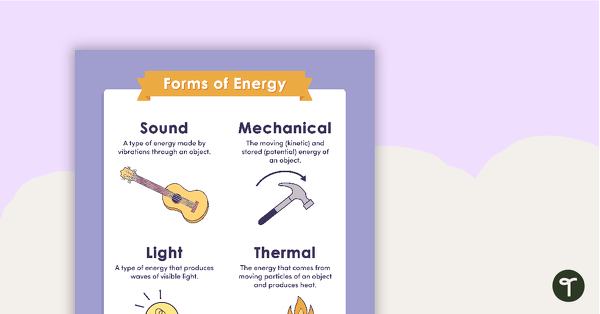
Forms of Energy Poster
A poster to display in the classroom that shows different forms of energy.
- Plus Plan
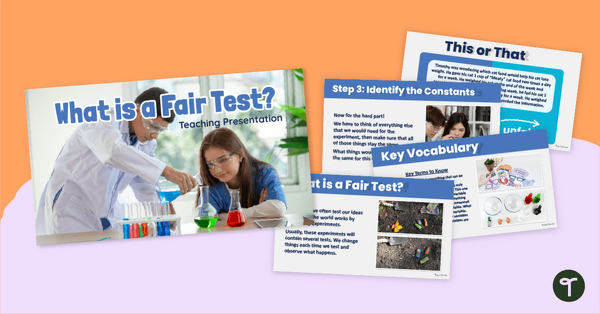
What is a Fair Test? PowerPoint - Year 5 & Year 6
Teach your students about fair testing in science with an engaging 'What is a Fair Test? Teaching Slide Presentation.
- Plus Plan
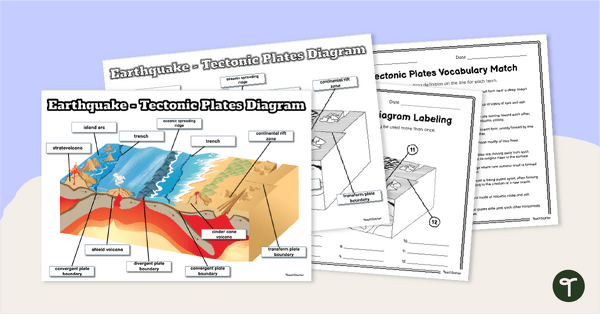
Earthquake - Tectonic Plates Diagram & Worksheets
Introduce students to plate tectonics with a labelled diagram and worksheet set featuring different types of volcanoes, layers of earth and landforms.
- Plus Plan
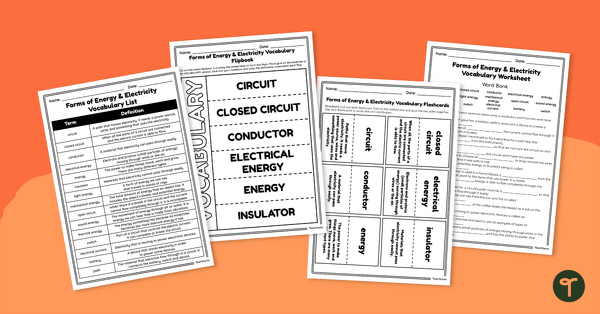
Forms of Energy & Electricity Vocabulary Worksheets
Review forms of energy and electricity terms with this science vocabulary worksheet pack.
- Free Plan
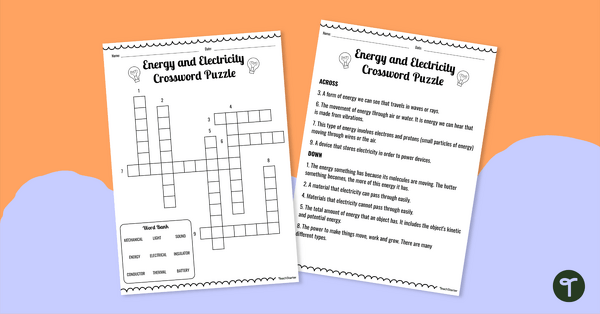
Energy and Electricity Crossword Puzzle
Reinforce science vocabulary with a free energy and electricity crossword puzzle.
- Plus Plan
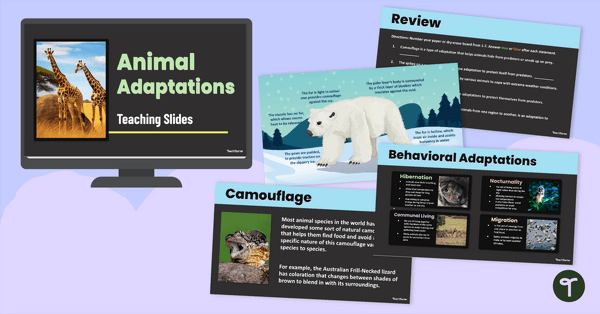
Animal Adaptations PowerPoint
Teach your students about the behavioural, structural, and physiological adaptations of animals with an interactive teaching slide deck.
- Free Plan
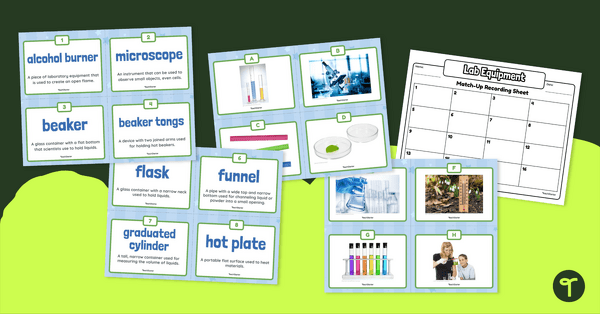
Lab Equipment Activity - Vocabulary Match
Use this lab equipment activity to identify different types of science tools by matching vocabulary terms, pictures and definitions.
- Plus Plan
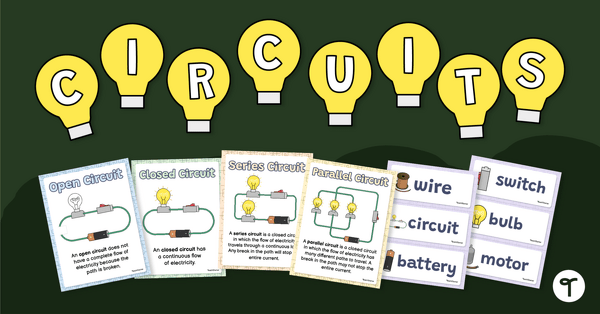
Electrical Circuits Wall Display
Create a wall display showing different types of circuits and related vocabulary.
- Free Plan
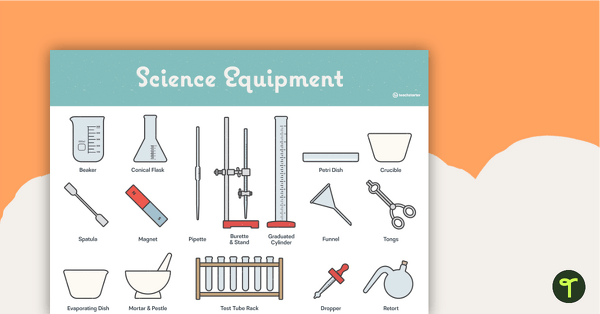
Lab Equipment Poster – Diagram with Labels
A poster containing a diagram with labels showing standard lab equipment.
- Free Plan
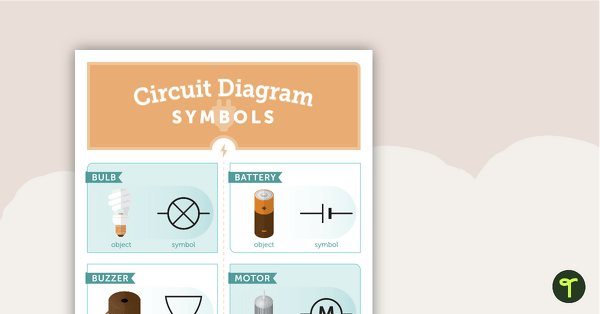
Circuit Diagram Symbols Poster
A poster that shows a range of symbols used for drawing circuit diagrams.
- Plus Plan
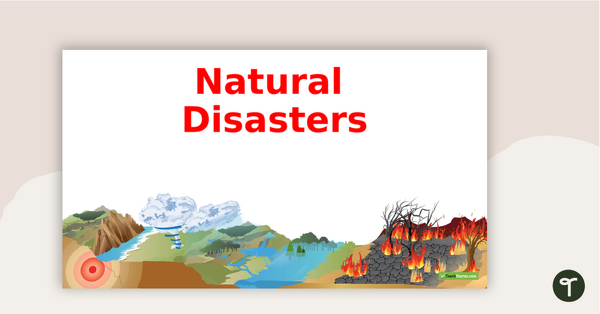
Natural Disasters PowerPoint
A 45 slide editable PowerPoint template for teaching a unit on natural disasters.
- Plus Plan
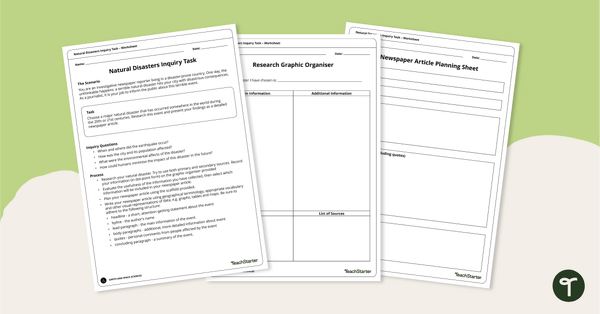
Natural Disasters Inquiry Task - Newspaper Report
Use our 3-page graphic organiser to research and report on a significant natural disaster from the last 100 years.
- Plus Plan
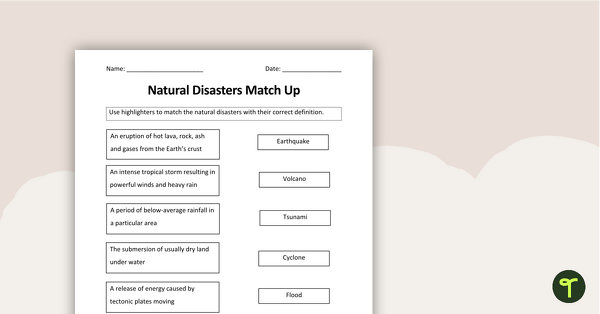
Natural Disasters Match-Up Worksheet
A worksheet to use when introducing the concept of natural disasters.
- Plus Plan
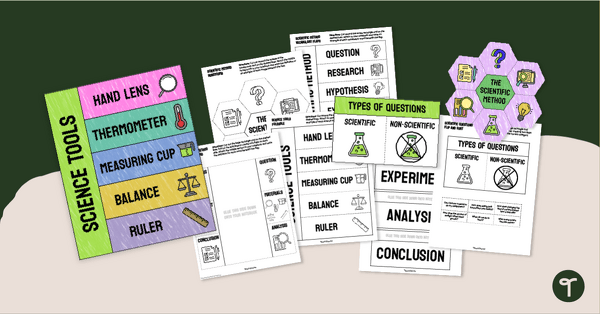
Scientific Method Graphic Organiser Templates - Foldables
Use a foldable Scientific Method Graphic Organiser to help your students organise their learning about the scientific process.
- Plus Plan
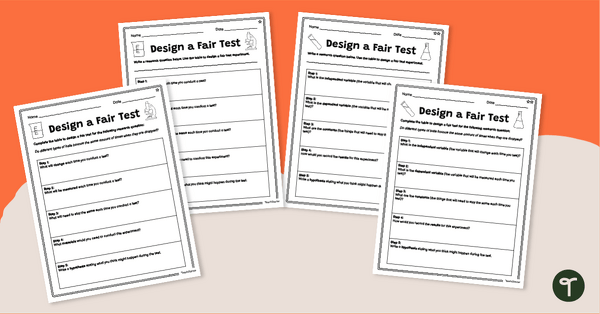
Fair Testing in Science - Differentiated Experimental Design Worksheets
Use a differentiated experimental design worksheet to introduce your students to the concept of fair testing in science.
- Plus Plan
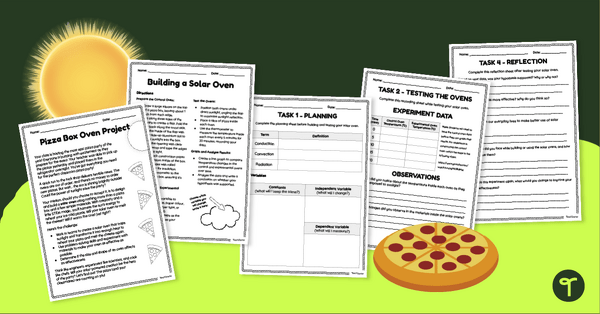
Build a Pizza Box Pizza Oven - Solar Energy STEM Project
Build a pizza box solar oven to demonstrate the power of thermal energy with an exciting Solar Oven Stem Project
- Plus Plan
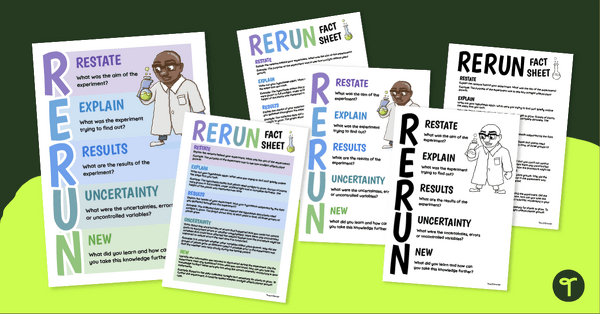
R.E.R.U.N. - Writing a Scientific Conclusion Anchor Charts
Introduce your students to the R.E.R.U.N. method for writing a scientific conclusion with a printable poster and fact sheet.
- Plus Plan
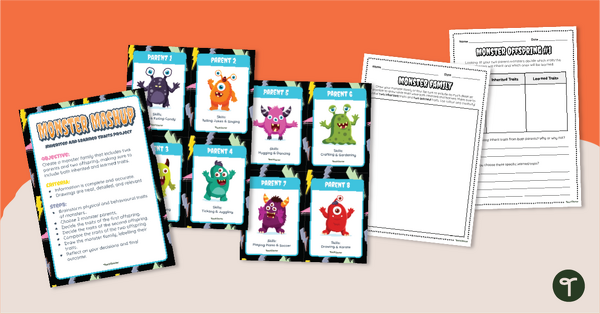
Monster Mashup - Inherited Traits Activity
Introduce your students to inherited traits and learned behaviours through an exciting Monster Mashup Inherited Traits Activity!
- Plus Plan
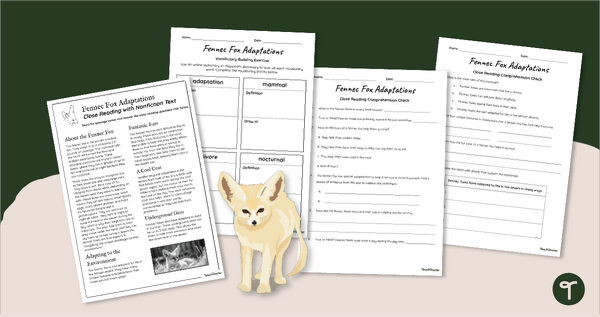
Fennec Fox Adaptations - Close Reading Worksheets
Read and learn about Fennec Fox adaptations with a set of printable Reading Comprehension Worksheets for Year 5.
- Free Plan
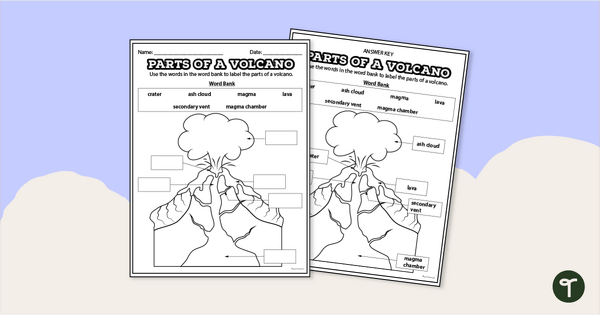
Diagram of a Volcano - Labelling Worksheet
Label the volcano diagram with a printable worksheet.
- Plus Plan
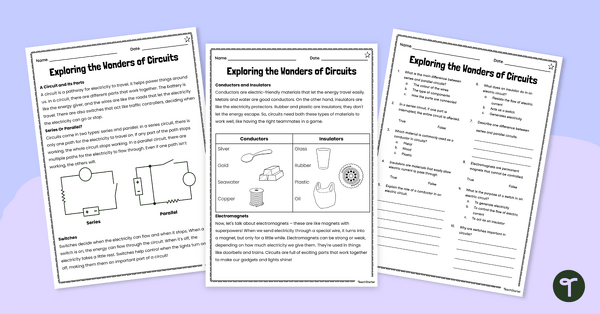
The Wonders of Circuits – Levelled Comprehension Worksheet Pack
Encourage your students to read and learn about circuits with this levelled worksheet pack.
- Free Plan
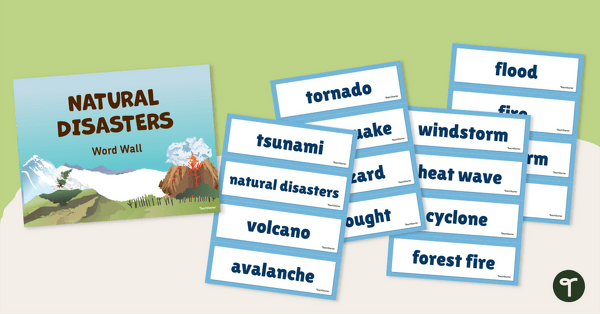
Natural Disaster Word Wall Vocabulary
Use this teacher-created resource to explore natural disaster vocabulary with your primary school students.
- Plus Plan
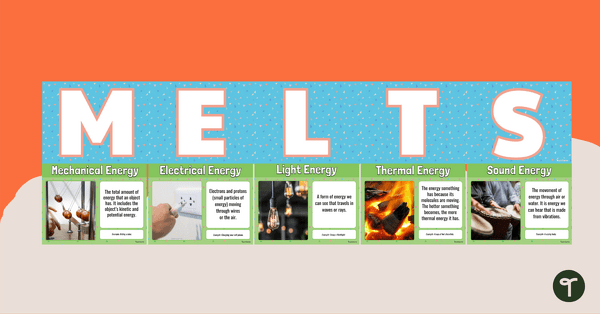
Forms of Energy Poster Pack
Display information about mechanical, electrical, light, thermal and sound energy with this poster pack.
- Plus Plan
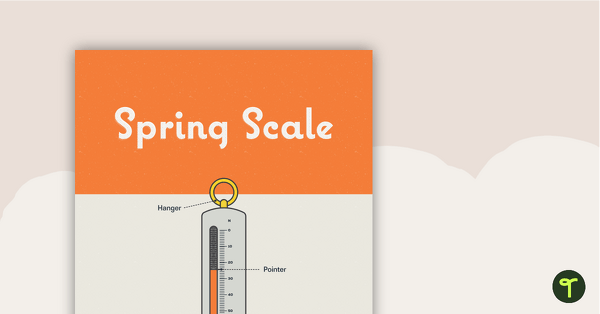
Spring Scale Poster – Diagram with Labels
A poster containing a diagram with labels showing the key parts of a spring scale.
- Plus Plan
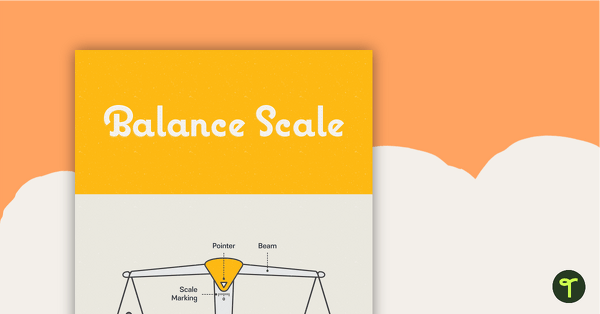
Balance Scale Poster – Diagram with Labels
A poster containing a diagram with labels showing the key parts of a balance scale.